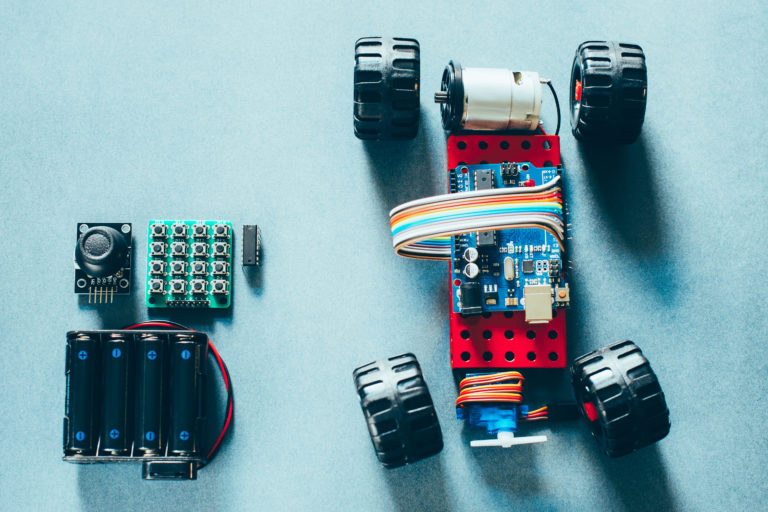At a recent robotics event in Nebraska in July, small robots climbed, swerved, spoke, and sang. While these “rover bots” were unique, they had one thing in common: they were all designed by students who were visually impaired or blind.
According to the Lincoln Journal Star, the students created their robots for the Nebraska Commission for the Blind and Visually Impaired Robotics STEM Academy, organized by STEM educators in Cyber.org, a group that aims to increase awareness for K-12 students about cyber careers.
The students designed their rover bots with speakers, microphones, accelerometers, infrared sensors, and more. They programmed the robots to speak using test-to-voice software. They also programmed the rovers to sing using beeps that mimicked theme songs from Star Wars and Super Mario Brothers.
Shane Buresh, a coordinator for the program, told the paper that the project is important because blind and visually impaired students don’t get to participate in STEM projects. “Some brains may be in this room that can solve some major problems in different areas of science,” he said.
Statistics show that disabled students are underrepresented in science, technology, engineering and math (STEM). While students with disabilities make up about 12% of the secondary school population, they only represent about 1% of the students in advanced placement, according to Education Week.
“This underrepresentation can lead people to assume that students with disabilities are less capable, particularly in STEM-related fields, and the students themselves may begin to believe they are less qualified, feeding a cycle of low expectations and underperformance,” write STEM educators Joe Schneiderwind and Janelle Johnson in Education Week.
This belief is something the Nebraska Commission for the Blind and Visually Impaired Robotics STEM Academy hopes to change. Disabled students, including those who are visually impaired, can do STEM just as well as their peers. In fact, their disabilities give them insight into how to engineer innovative designs.
Chuck Gardner, a coordinator for the program, told the Star that the bots were some of the “most complex we’ve seen at a camp like this.”
“Every time it amazes me,” Gardner told the Star. “The abilities these kids have to overcome the obstacles that we present.”
Read the full story and watch a video of the rovers here.
Learn more about robots with IEEE TryEngineering by checking out our Robots tag!



